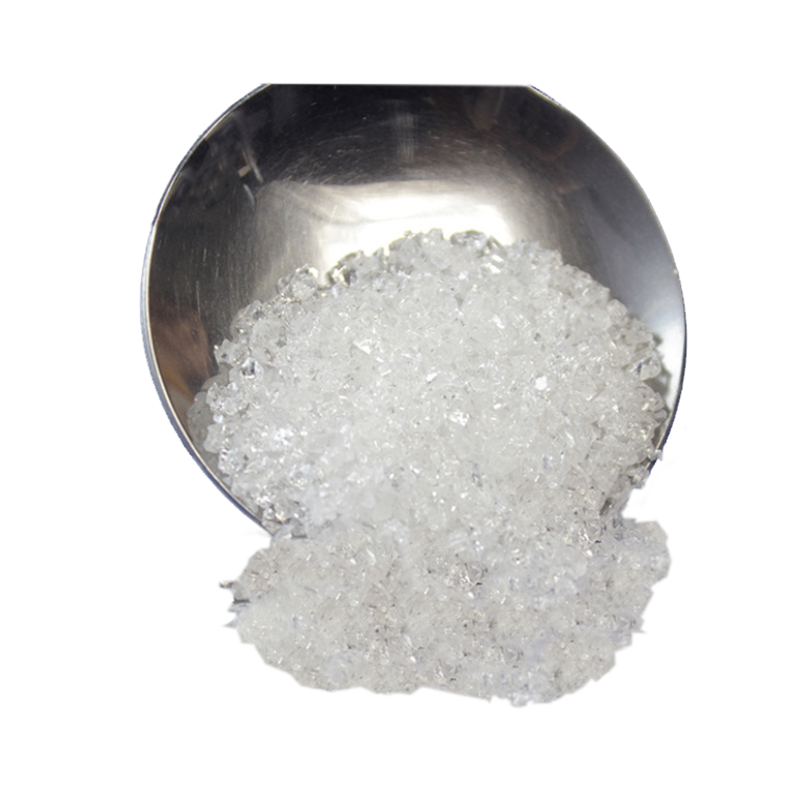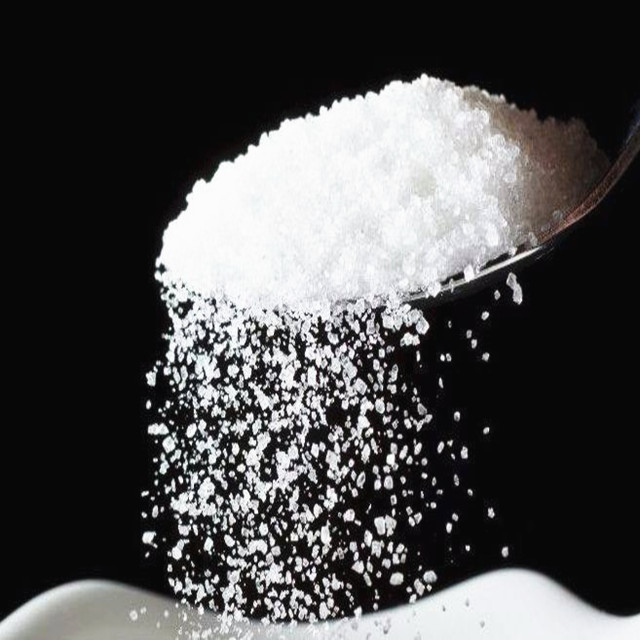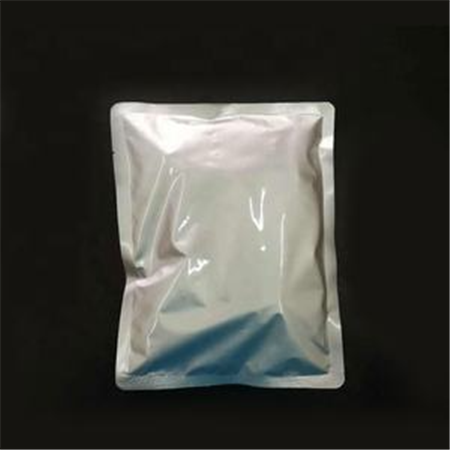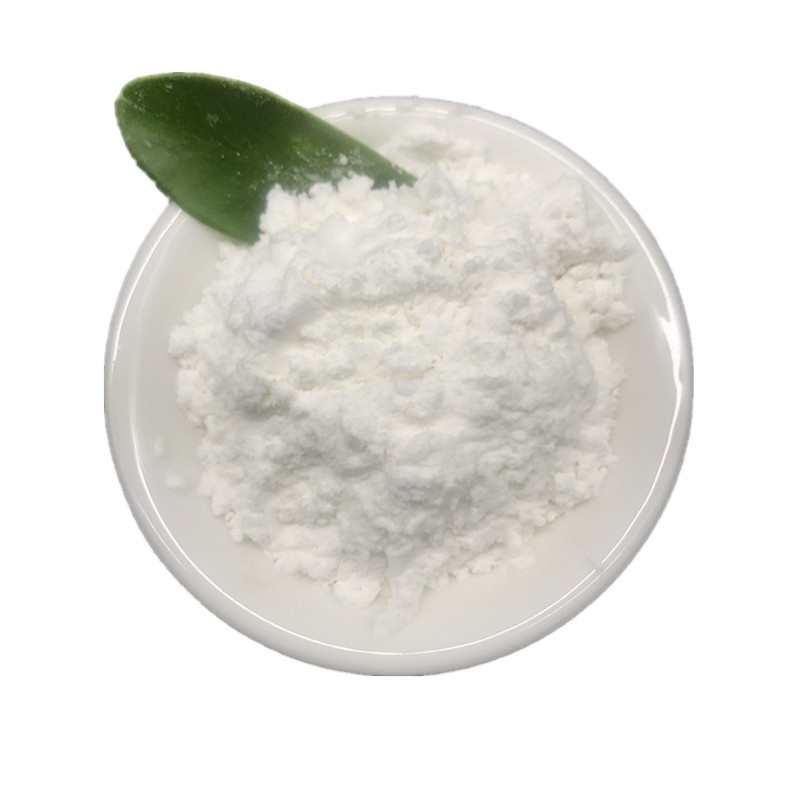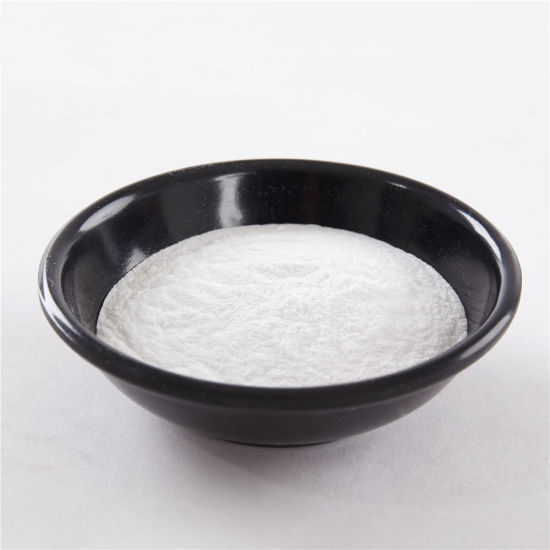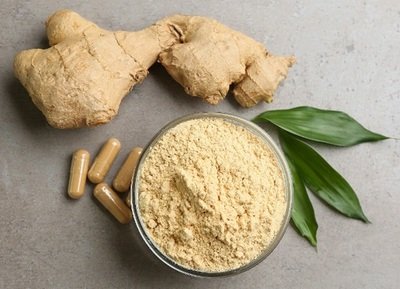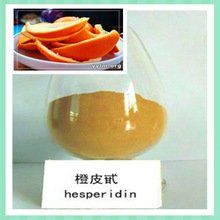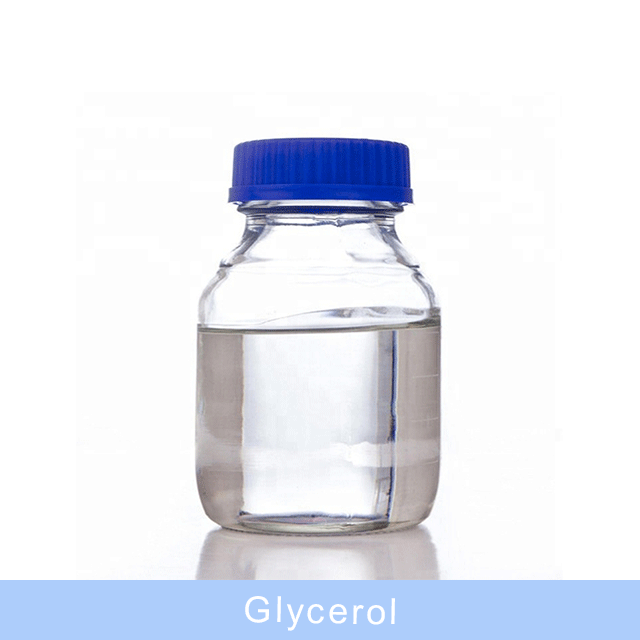Lauric acid
Lauric acid
Cas number:143-07-7
Appearance:white powder
Grade;costemic grade\Pharmaceutical Grade
Lauric acid, also known as dodecanoic acid, is a saturated fatty acid with 12 carbon atoms. It is a white needle-shaped crystal at room temperature with a slight laurel oil aroma. It is insoluble in water, soluble in organic solvents such as methanol, ether, chloroform, and slightly soluble in acetone and petroleum ether. Although it is called lauric acid, it only accounts for 1-3% of the lauric oil content. At present, plant oils with high lauric acid content are found to be coconut oil 45-52%, palm oil 44-52%, and babassu seed oil 43-44%. Although lauric acid is a saturated fatty acid, its risk of cardiovascular disease is lower than that of other saturated fatty acids.
1. Lauric acid is mainly used as a raw material for the production of alkyd resins, wetting agents, detergents, pesticides, surfactants, food additives and cosmetics. This product is often used as a lubricant and has multiple functions such as lubricants and vulcanizers. However, due to its corrosive effect on metals, it is generally not used in plastic products such as wires and cables. This product is most widely used in the surfactant industry, and can also be used in the fragrance industry and pharmaceutical industry. 2. Used as a surface treatment agent for preparing bonding. It is also used to make alkyd resins, chemical fiber oils, pesticides, synthetic fragrances, plastic stabilizers, gasoline and anti-corrosion additives for lubricating oils. It is widely used to make various chemicalbook types of surfactants, such as cationic types such as lauryl amine, lauryl nitrile, trilauryl amine, lauryl dimethylamine, lauryl trimethyl ammonium salt, etc.; anionic types such as sodium lauryl sulfate, lauric acid sulfate ester salt, lauryl sulfate triethanolammonium salt, etc.; zwitterionic types such as lauryl betaine, lauric acid imidazoline, etc.; non-ionic surfactants such as poly L-alcohol monolaurate, polyoxyethylene laurate, lauric acid glyceride polyoxyethylene ether, lauric acid diethanolamide, etc. In addition, it is also used as a food additive and in the manufacture of cosmetics. 3. Lauric acid is a raw material for the production of soaps, detergents, cosmetic surfactants and chemical fiber oils.
Related products
-
Cosmetic Grade
Lipopeptide Acetate
-
Cosmetic Grade
6-Gingerol
-
Cosmetic Grade
Hesperidin
-
Cosmetic Grade
Glycerol

